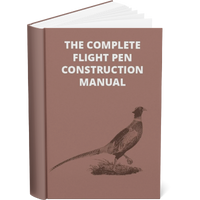Differences between Hungarian and Chukar Partridges
 Hungarian Partridge
Hungarian Partridge
The Hungarian partridge is more commonly known as a Grey Partridge, familarly called “huns”. It can grow up to 28-32 cm long and has a brown back, grey flanks and chest, and many have a white belly with a large chestnut colored horseshoe mark. Huns can lay up to 20 eggs at a time.
Huns are originally from farmlands across Europe and western Asia so when introducing them into North America (Northern USA and Canada) there was little climate adjustment necessary. Being from natural farmland areas, Huns make their nests in long dense grasslands or within the farm crops themselves.
Raising Huns is quite labor intensive because they are aggressive and need to have a small bit place in their mouth at 10 days old and 4 weeks old when the first is outgrown. This prevents the birds from pulling and grabbing at each other’s feathers. Huns are very particular about what they eat when they are first hatched. Feed must be ground up to a flour consistency for the first 7 days of life.
When Huns breed, it is opposite from most birds as female gets aggressive and territorial when she picks the male she wants to breed with. Huns pair to breed, rather than one male with several females. Because they start this process in January, which is earlier than other game birds, Huns don’t make a good late season hunting bird.
 Chukar Partridge
Chukar Partridge
The Chukar Partridge is a rotund bird that can grow up to 32-35 cm long. It has a light-brown back, grey breast, buff belly, white face with a black gorget, streaked flanks, red legs, and a coral red bill. Chukars do not pair up to breed, but one male will breed with several females; they will lay between 7 and 14 eggs.
Chukars are originally from warm Eurasian climates and do not do well in wet and snowy conditions. In winter, to compensate for the cold, they will often huddle together under cover for warmth. They prefer to roost under outcroppings or in ferns and bushes, but not lush grassy areas. Due to it’s warmer natural habitat Chukars prefer stony and desert-like conditions with occasional cover.
Chukars are a very communal bird. They are not aggressive and no anti-pick device is needed. Chukars are a skittish bird, easily scared, which can cause problems when they are chicks as they tend to pile in the corners. Since Chukars are not aggressive, they can be held for late season hunting.
Learn more about the types of birds offered by MacFarlane Pheasants by visiting our birds page.
Related Posts

Preparing Our Barns & Pens Each Spring
Read Post
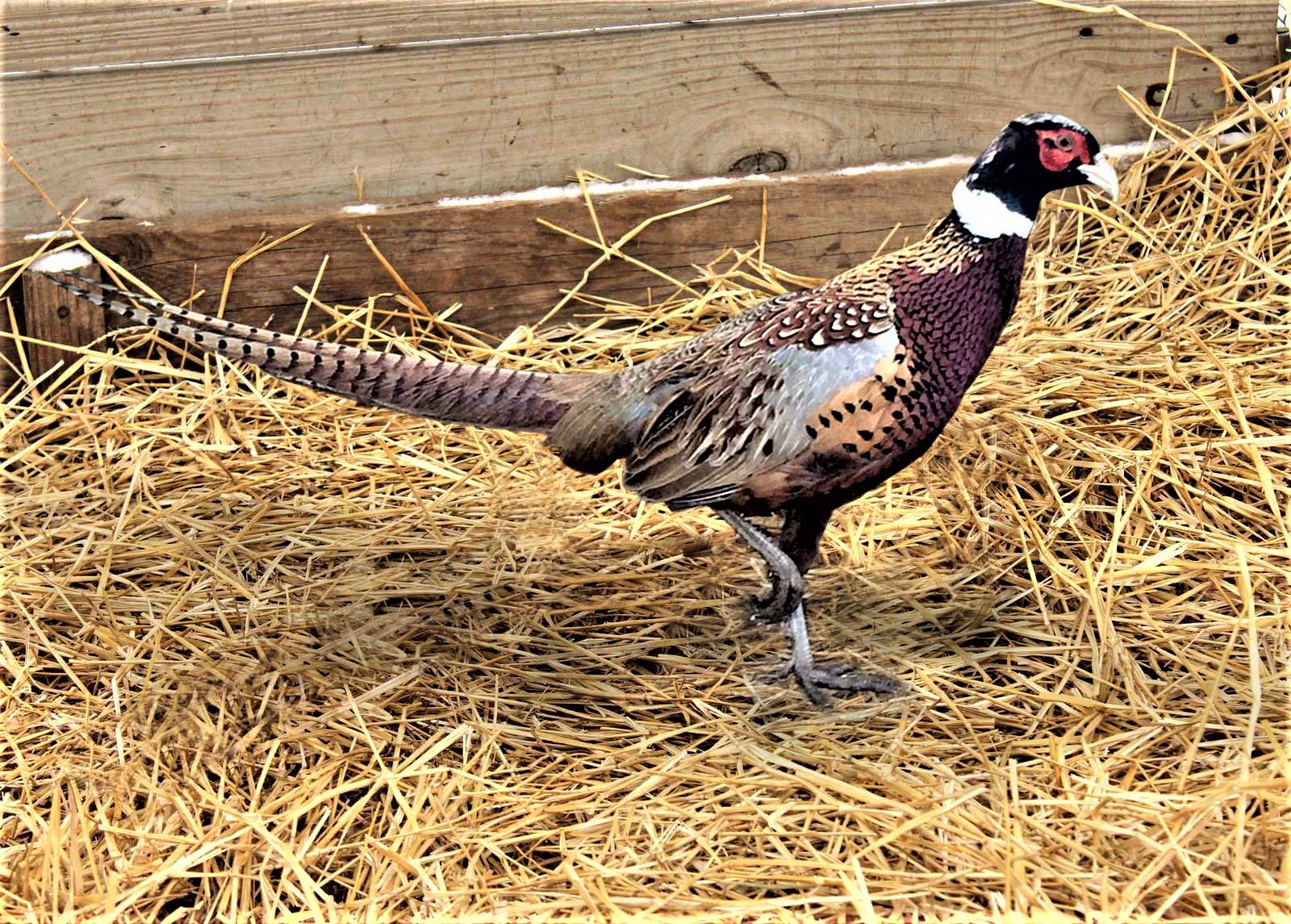
Our Milton Farm in 2024!
Read Post
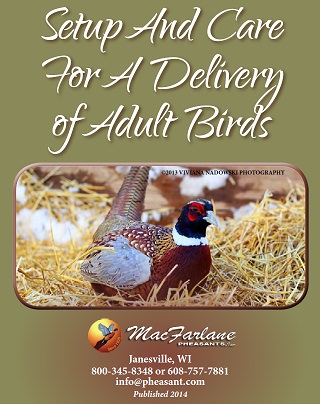
10 Steps to Prepare for a Delivery of Mature Game Birds
Read Post

4 Steps to Keeping Pheasants Healthy in Winter
Read Post
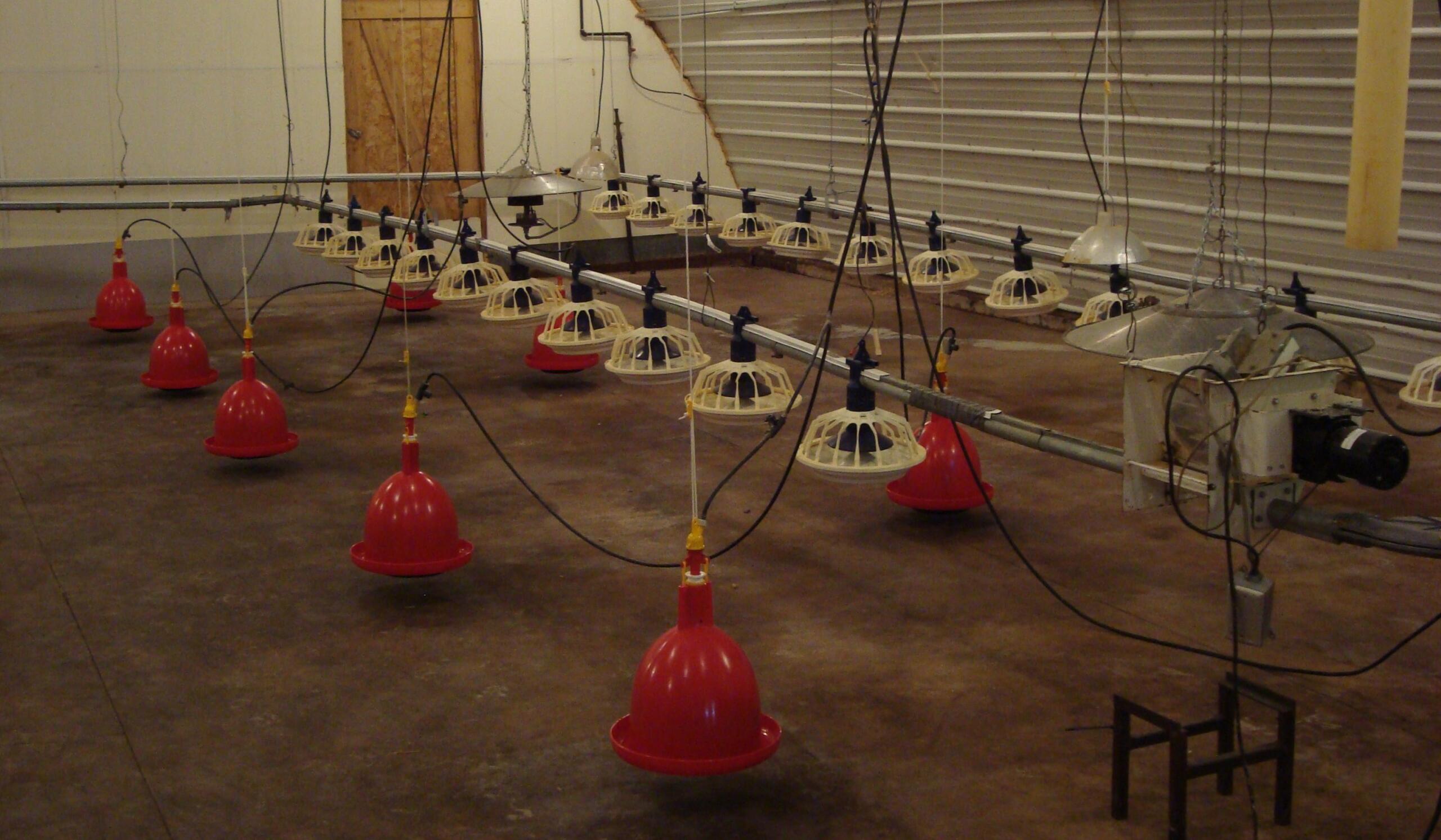
6 Feed and Water Procedures to Keep MacFarlane Pheasants Healthy
Read Post
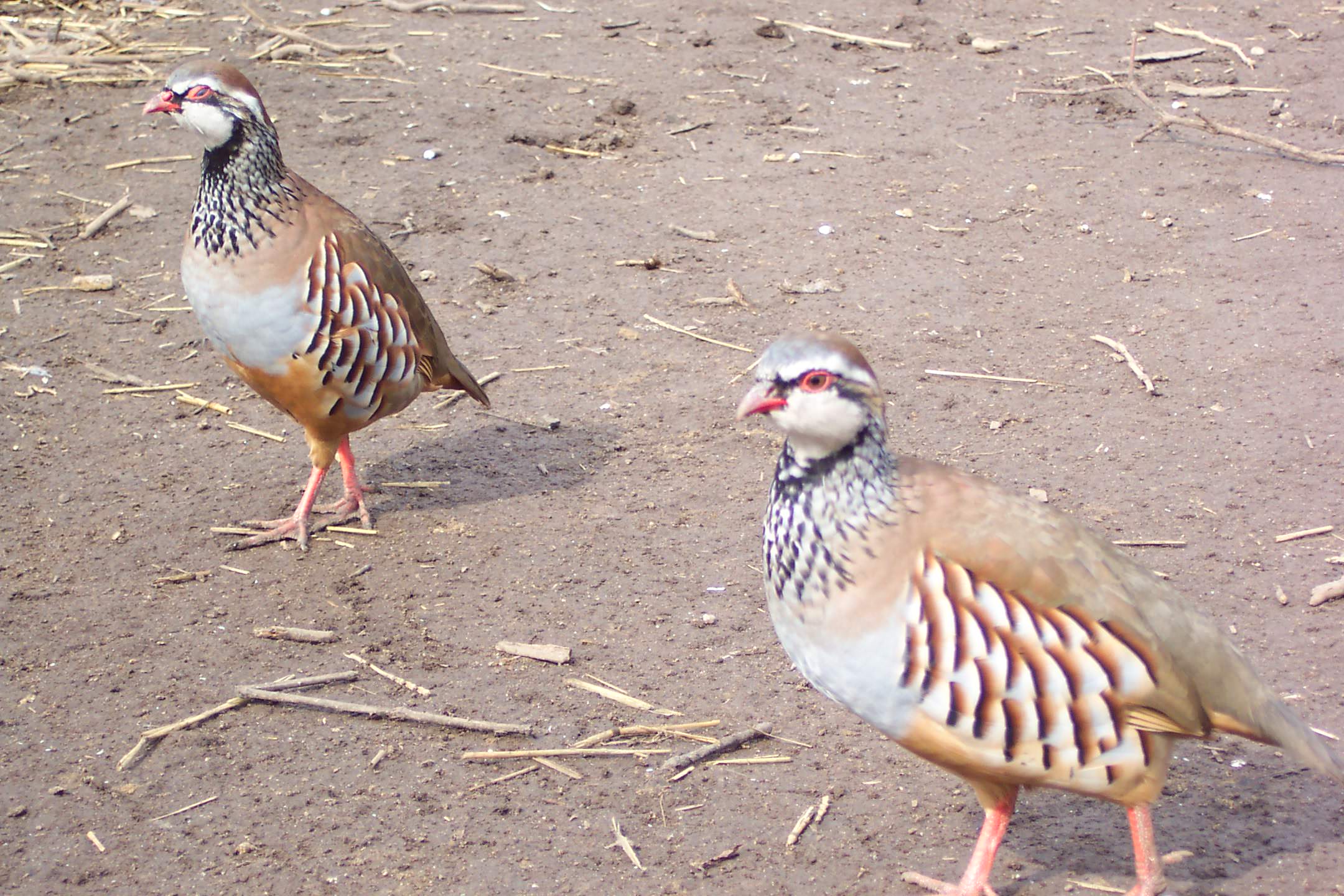
Birds On Top of Birds: Preventing Piling with Partridge Chicks
Read Post
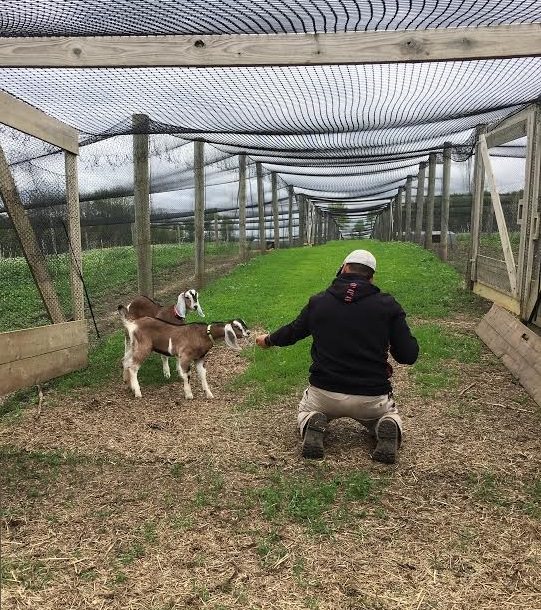
Can Goats Be Helpful on a Pheasant Farm?
Read Post
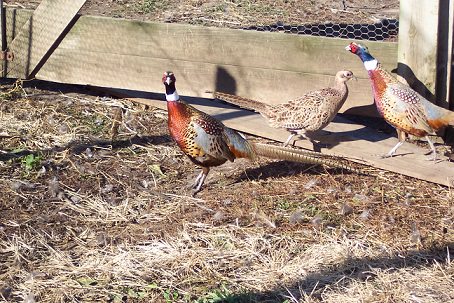
Catching Mature Pheasants
Read Post
Take Advantage of These Free Resources
As the biggest game bird farm in the United States, we want to share our experience with you. Download our free resources below and get started.






